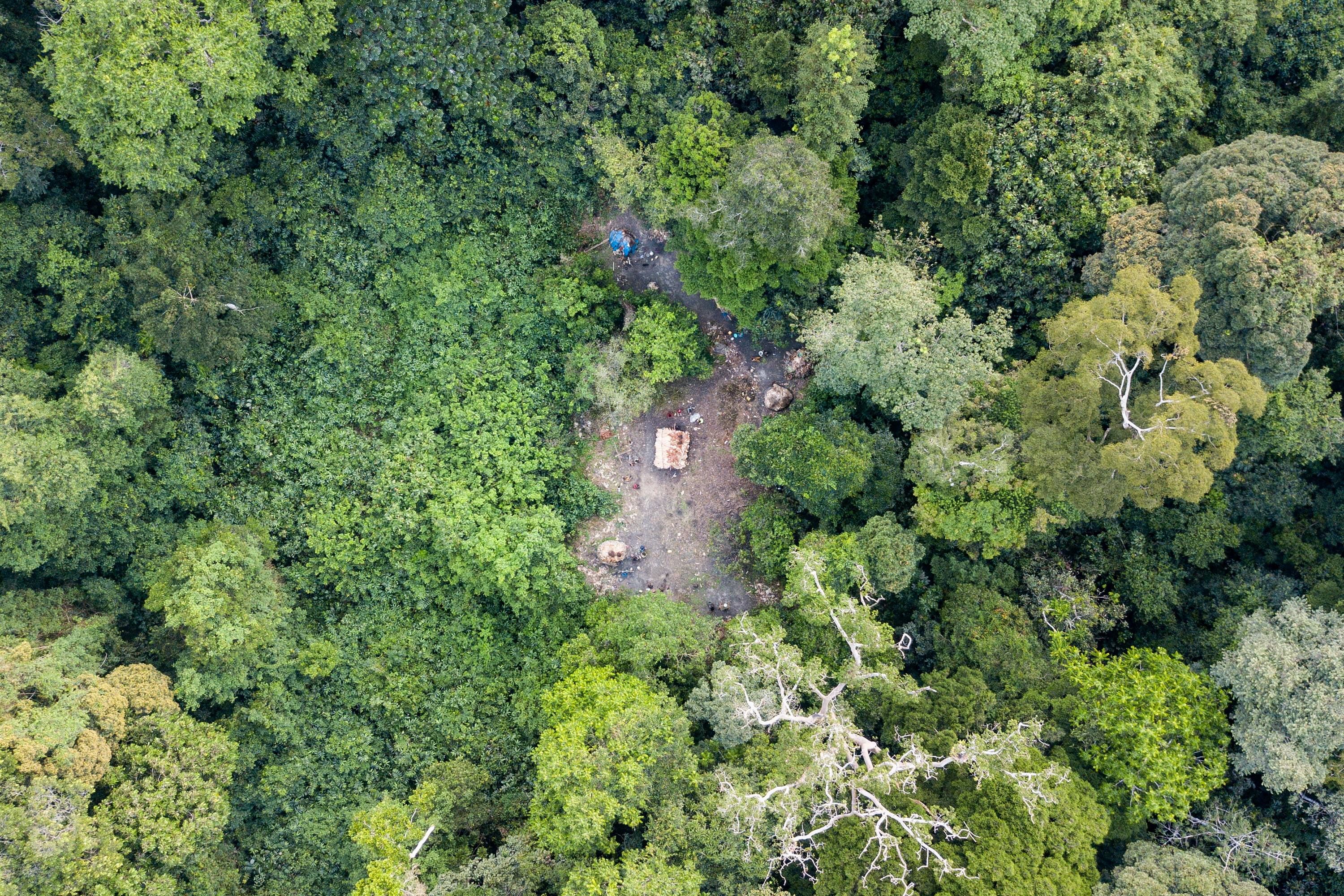SDG Summit: FAO announces the launch of a CPF Call to Action for Forests towards 2030
QU Dongyu speaks at a high-level event dedicated to the crucial contribution of forests to the 2030 Agenda

Forests are an important component of natural capital and deliver a broad range of ecosystem services that underpin human well-being.
©FAO/Thomas Nicolon
New York – “Green should be the color of the future,” said QU Dongyu, Director-General of the Food and Agriculture Organization of the United Nations (FAO), during a high-level event at the margins of the SDG Summit dedicated to build momentum on the role of forests in contributing to achieving the Sustainable Development Goals (SDGs).
The event was organized by the Collaborative Partnership on Forests (CPF), chaired by FAO, a partnership of 16 major global organizations within and outside the United Nations system with substantial mandates on forests.
At the meeting, the CPF launched the Joint Call to Action for Forests towards 2030 highlighting the need for increased action and political commitment to strengthen the implementation of forest solutions in pursuit of the SDGs and other global objectives.
Noting the efforts of the Collaborative Partnership in the past 20 years, Qu underscored that initiatives for ecosystem restoration, combating desertification, and expanding green areas and forest cover, are huge opportunities for the world and FAO stands ready to support its members in this context and promote further solidarity and cooperation.
The 2023 SDG Summit marks the halfway point in efforts to achieve the 2030 Agenda and the SDGs along with other internationally agreed-upon goals related to forests, such as the Global Forest Goals outlined in the UN Strategic Plan for Forests 2017-2030.
Progress is not fast enough
Covering 31 percent of the world’s land surface, forests sustain livelihoods and produce wood and non-wood forest products, contribute to food security, combat climate change and desertification and conserve biodiversity and water. They also generate employment and contribute to human well-being.
According to FAO’s Global Forest Resources Assessment, we have lost 420 million hectares of forest through deforestation since 1990, and deforestation continues although the rate slowed from 12 million hectares per year in the period 2010-2015 to 10 million hectares per year in the period 2015-2020.
Progress towards reaching global goals on protecting forests is not advancing fast enough, as forests are still disappearing, climate-change impacts and biodiversity loss are increasing, and malnutrition and hunger are rising, all undermined by social and economic instability.
About the CPF and the call to action
The Collaborative Partnership on Forests’ mission is to enhance the contributions of forests to the Sustainable Development Goals, the Global Forest Goals and other international commitments.
Major challenges and opportunities have been identified in protecting, restoring and sustainably managing forests and action and ambition are needed.
The Call to Action for Forests Towards 2030 covers four focal areas: implementation and action; data, science and innovation; finance for forests; and communication and awareness-raising.
The CPF members commit to “reinforcing action to strengthen efforts at all levels to fully unlock the contributions of forests to sustainable development and achieve our joint vision for forests towards 2030. We will do so in synergy with, and in addition to, the commitments made at the Climate Ambition Summit and the SDG Summit and in anticipation of the Summit of the Future and upcoming negotiations under the Rio Conventions’’.
Today’s event, held just before the start of the 78th UN General Assembly high-level week, saw the participation of Member States and CPF agency heads who outlined how their organizations and countries are contributing to coordinated forest-based actions to accelerate progress towards 2030.
HR Princess Basma bint Ali of Jordan and FAO Goodwill Ambassador for Near East and North Africa, moderated the event. “Reaching the Global Forest Goals through effective conservation, restoration and sustainable use of the world’s forests is our only chance to maximize forests contribution to the SDGs’’, she underscored.
Contact
Laura Quinones FAO News and Media [email protected]
FAO News and Media (+39) 06 570 53625 [email protected]
